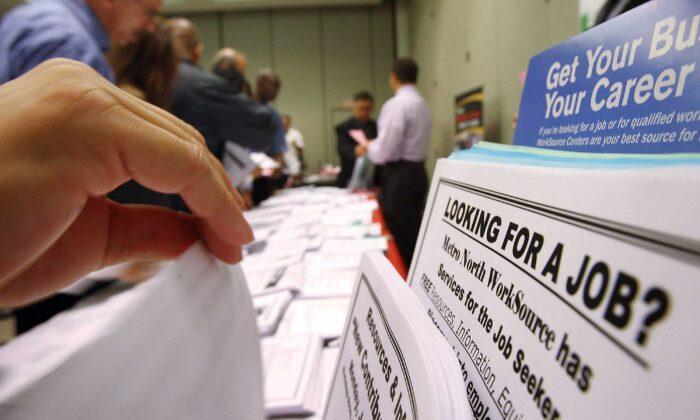First-time filings for unemployment claims totaled 290,000 for that week ended on Oct. 16, according to the agency, reporting that the figure was down 6,000 from the previous week. The data released Thursday also showed state unemployment rolls shrinking significantly earlier in October.
It was also the second straight week that claims remained below 300,000 as employers hold on to workers in the face of an acute labor shortage. Some economists surveyed by Dow Jones last week predicted 300,000 unemployment claims.
“We remain skeptical that the end of expanded unemployment benefits will lead to a substantial and quick return to the labor force in the near-term,” said Veronica Clark, an economist at Citigroup in New York.
Meanwhile, Robert Frick, a corporate economist at Navy Federal Credit Union, told the Wall Street Journal that unemployment claims would be restored to their pre-COVID-19 levels by the end of 2021.But in August, a record 4.3 million people quit their jobs across the U.S., Labor Department data shows. That figure—driven by a surge of quits in the bars, restaurants, and hotels industry—represents the highest number of monthly resignations since December 2000.
Workers who quit are usually not eligible to receive unemployment benefits and are not counted among the Labor Department’s weekly claimants, unlike those who were laid off.
“Making matters worse, inflation is eroding wage gains for some, fueling desire to find new employment with better pay, working conditions and flexibility,” he added.
The department’s weekly report comes after the September jobs report showed that only 194,000 jobs were added for the month—far lower than analysts had anticipated. Some had predicted that 500,000 jobs would be added last month, coming after a disappointing 366,000 jobs were added in August.
Labor Secretary Marty Walsh said the recent jobs report was “not the best number” and blamed the lagging economic indicators on the COVID-19. He argued that workers are fearful of going back to work due to a flare-up of the virus in certain regions.
“Also, people concerned about the Delta variant, people concerned about their personal health. We have folks that are vaccinated, folks that aren’t vaccinated, people who are vaccinated worried about the people that aren’t vaccinated,” he continued, without mentioning COVID-19 vaccine mandates.





